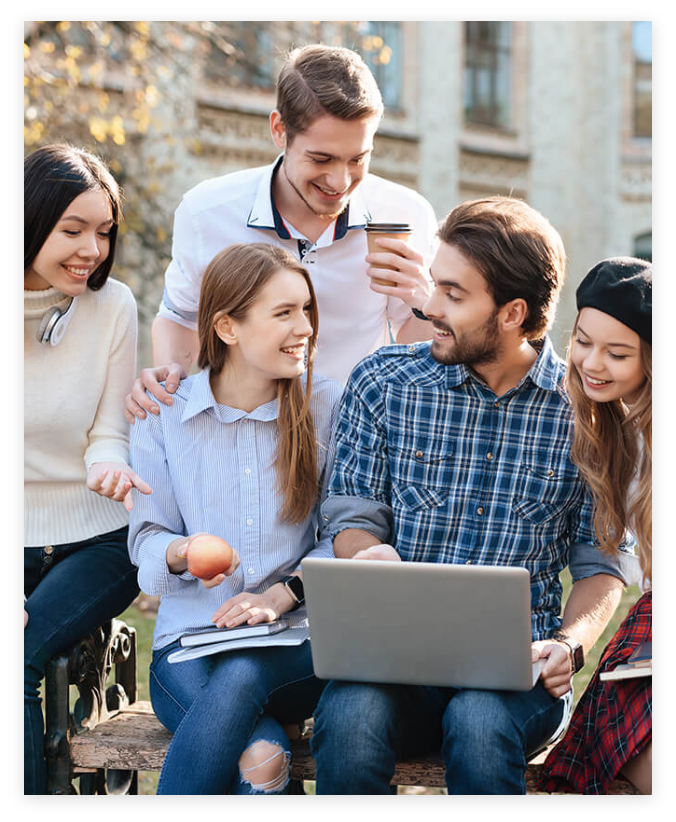Overview
A virtual classroom enables students to access quality teachers anywhere on the planet so long as they both have a reliable internet connection. This can break down most of the common barriers to synchronous learning: cost, distance and timing.
Video conferencing ability (so teachers and students can see each other)
Audio conferencing(so participants can hear each other)
Real-time text chat
Interactive online whiteboard (so users can interact on the same online page).
Library of learning materials (essential for providing more structured lessons)
Teacher tools and controls (just like in a physical classroom)

How different is a virtual classroom to a physical classroom?
In many ways, an online classroom simply mirrors the physical classroom. In a physical classroom, the student needs to be able to see & hear the teacher, see & hear the other students, have a good view of the whiteboard and their own learning materials.
In a virtual classroom, a student can see & hear the teacher via the video/audio stream. The online whiteboard allows teachers to explain ideas visually and work through exercises collaboratively.
Library of learning materials
In a physical classroom, you can look around and find textbooks, games, exercises, templates, worksheets, multimedia resources (print, video, audio).
A professional teacher needs these in their virtual classroom too. The teacher needs to be able to upload their digital learning materials to the cloud and save them for future classes.
This helps teachers prepare for a class in less time and provide a more structured, effective class. Most importantly, an online classroom will enable a student and teacher to get on the same page.
For example, the teacher can navigate to the exact page in a particular document or even open a video-resource. The virtual classroom software will ensure the student is on the same page in that pdf or can sync the video playback.

